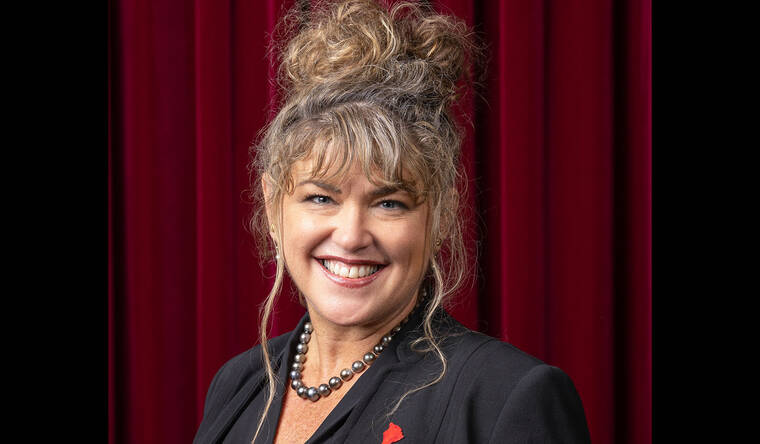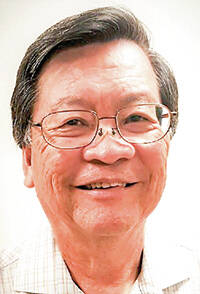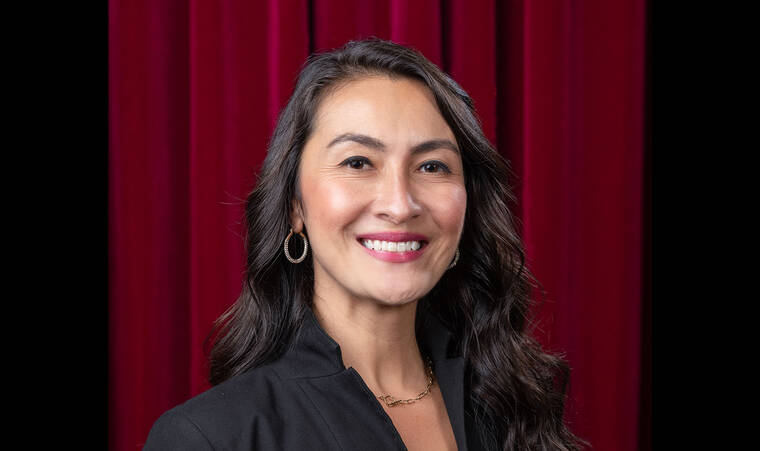A shortage of physicians on the Big Island is a mounting threat to healthcare on the island, according to a Hawaii County Council presentation on Tuesday.
Retired Hilo obstetrician and gynecologist John Uohara made a presentation to the Council Communications, Reports and Council Oversight Committee on Tuesday outlining a growing dearth of doctors available on the island, the cause of that shortage, and the impacts it is having.
Uohara said that while there are more than 10,000 licensed physicians in the state, there are really only about 2,800 actually actively working — many licensed doctors are, like him, retired and no longer providing care. Based on various models, he said, there are 187 too few doctors on the Big Island, while the state is short 732 doctors to meet the medical needs of Hawaii’s population.
“We probably have the greatest need on this island because of our demographics,” Uohara said, referring to the island’s aging population.
“That’s something we can’t fix immediately,” Uohara said, saying the shortage has been caused by several factors — COVID-19, medical school debts, and the low pay for Hawaii doctors compared to other places on the mainland.
“If you practice in the state, you need to accept you will have less of an income,” Uohara said. “You get much more for doing a (baby) delivery in California or Florida than you do here.”
Meanwhile, Uohara said, residents must wait longer to receive care, which requires them to miss more work, puts more strain on emergency services, and leaves residents using services like urgent care facilities as their primary physician. At the same time, insurance complexities have made it harder than ever for a doctor to start a private practice.
“The shortage is expected to get worse,” Uohara went on. “The health of Hawaii County is in jeopardy. I think no one who would go on-record would say that we have really high-quality medical care. Why should there be such a disparity between what Honolulu has and what we’re getting?”
Uohara was optimistic that the problem is solvable, but not without a substantial, concerted effort from the county and state to make Hawaii more attractive to medical students. For example, he said, the County Council could offer scholarships for medical students to attend the University of Hawaii at Manoa’s John A. Burns School of Medicine with the added stipulation that the students must work for an equivalent time in the state after graduation.
Another option Uohara suggested included developing a satellite medical school campus on the Big Island with the aid of county billionaires — he drew comparisons to JABSOM’s new Kauai Medical Training Track program, which was funded by a $10 million donation from Meta CEO Mark Zuckerberg.
Council members Tuesday agreed with the gravity of the problem but didn’t commit to any particular course of action. Puna Councilwoman Ashley Kierkiewicz mused that, even if a doctor or medical student chooses to come to the Big Island, the difficulties of moving to the state might prevent them from putting down roots here or integrating into local society.
“Many of the physicians (under Kaiser Permanente) are not from Hawaii Island, or Hawaii,” Kierkiewicz said. “And there’s a lot of cycling in and out of physicians.”
Kona Councilwoman Rebecca Villegas said her daughter is pursuing a medical degree, but has found the extreme costs associated with medical school almost overwhelming.
“I’m hopeful she’ll continue her MA work … but even that is monumental and brings her to tears, thinking about the hundreds of thousands of dollars of debt.”
Uohara closed the presentation with a simple exhortation: “Do something. Just don’t do nothing.”
Email Michael Brestovansky at mbrestovansky@hawaiitribune-herald.com.





